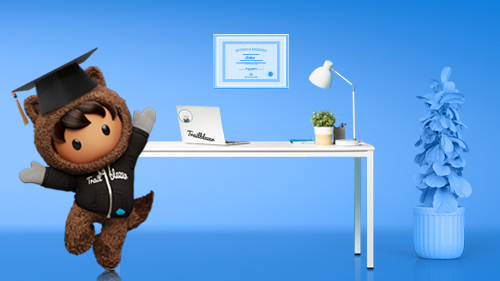
Get your FREE 30-day trial.
Please complete all fields.
If you employ computing professionals, get ready for an avalanche: computing jobs are set to more than double by 2020. Considering that there are about 530,000 computing jobs open right now, you can expect a lot of onboarding and training in your future, more than ever before. But are you ready for that? Do you understand the need for onboarding or how to deliver it effectively? Read on to see.
By now you should know how important onboarding and training are to your business. Maybe you’ve experienced it first hand, for better or worse. Studies have found that up to 20 percent of turnover occurs within a new employee’s first 45 days. Those organizations with onboarding processes already in place experience 50 percent greater new hire retention, and those employees are 58 percent more likely to stay with the company for three or more years.
Does it matter how long you’re able to keep an employee for? Anyone who’s had to replace one can answer with an emphatic “Yes.” With turnover inevitably comes costs in the form of “lost productivity, . . . recruiting activities, and lost work because of vacancies.” In all, the average cost of replacing an employee is estimated at 16–20 percent of the lost employee’s salary. If nothing else, you should want to be better at onboarding to save your company money.
Only 32 percent of companies have a formal onboarding process set up. If you’re among that number, you’re on the right track, but you may not have arrived quite yet. If you’ve struggled with onboarding in the past, there’s no better (or more important) time to master it than now. Experts at Onboardia offer four suggestions to improve:
Is anything more daunting to new hires than a stack of paper on their first day? Remove that stack and go paperless. Not only is video a more effective training medium, it’s much easier to customize than formal documents. For example, use video to send a personal greeting to welcome a new hire, or leverage a screen recorder when onboarding, that way training can be as simple as hitting record and going about your work as normal.
Self-doubt is common during employees’ first week on the job. Even with all of the training made available to them, they want to know that they’re understanding and acting upon it correctly. Over half of employees report they would like a buddy or mentor for that first week.
There are some things that all your employees need to know regardless of position or department. But would you give the same training, word for word, to a graphic designer as you would to a someone in payroll? Hopefully not. Unless you draw a clear connection between training and their specific assignments, employees are much more likely to become detached from the entire training process. Give your employees the ability to take only those trainings that are relevant to their individual roles within the company.
Remember this: employees want to be trained. According to BambooHR, 76 percent want on-the-job training, 73 percent want a review of company policy, 59 percent want the building tour, and 56 percent want that buddy or mentor. All employees want to make a good impression and to do good work, and they know that onboarding is crucial to both of those things
The computer workforce is expanding, and it is expanding quickly. Prepare yourself now to receive it. Make sure you have the tools to give your employees the training they want. OneMob enables users to film and send personalized video messages, and their new OneScreen offering allows you to record your screen perfect for employee onboarding. Strengthen your employees, decrease your turnover, and improve your business—once you’ve started, you’ll find the process becomes natural.
--
Sati Hillyer is the founder and CEO of OneMob, Inc. Before starting OneMob, he spent 8 years at salesforce.com, where he built and grew the AppExchange from an idea to 2000 apps. OneMob is an App Innovation Partner on the AppExchange where they make recording, sharing and tracking video easy for any professional. Companies like Cisco, LinkedIn, Salesforce, Sacramento Kings and more use OneMob to engage with their customers and employees in a more personal and effective way. Learn more at www.onemob.com.